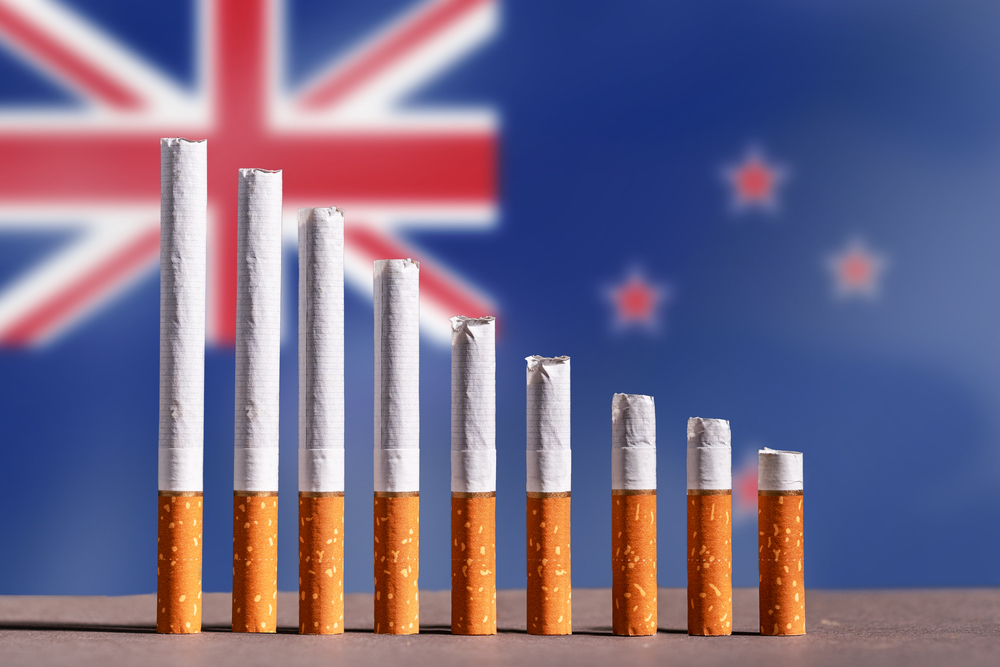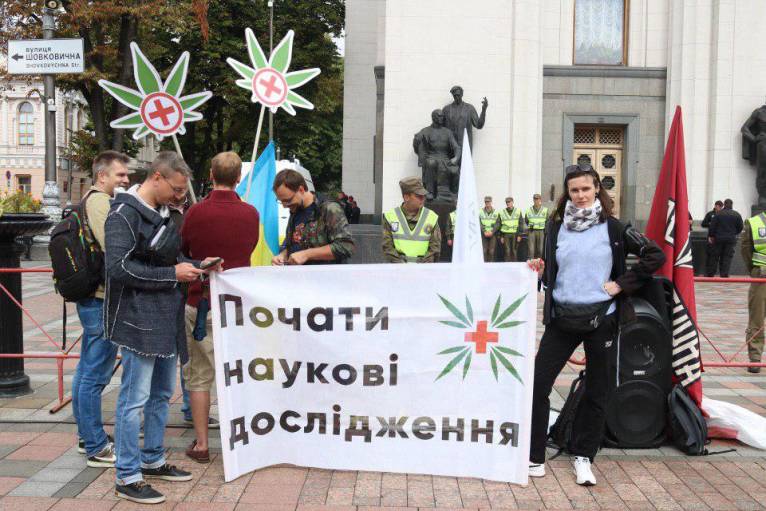Conversations on neo-prohibitionist policy banning tobacco sales are becoming more and more frequent. After Turkmenistan and Bhutan, New Zealand will become the third country to ban the sales of tobacco. Given all the harms that prohibition has created worldwide, should we be concerned about this latest direction for tobacco policy?
Launched in 2021, the Smokefree Aotearoa 2025 Action Plan will introduce a complete ban on tobacco sales, increasing the legal smoking ages yearly, with the intent to phase it out completely. Health minister Dr Ayesha Verrall said the policy should specifically target Māori communities, as smoking rates amongst Māori people are at an estimated 29% prevalence, significantly higher than the overall population (13.4%). The disproportionate rate of smoking has historically always been high: in 1984, Māori men had the highest rates of lung cancer globally. Banning tobacco sales is just one part of the policy. The action plan will reduce the number of tobacco vendors, increase campaigning, regulate products to look less attractive, have less nicotine and also coincide with increased investment in research, evaluation, monitoring, and community-level action.
New Zealand isn’t the only country considering making tobacco illegal: Denmark and Malaysia are also considering banning tobacco sales. A 2021 poll by British company YouGov shows that 53% of UK citizens think the sale of tobacco should be banned at some point in the future.
What can we learn from other places that have banned the sale of tobacco?
Bhutan was the first country to ban the sale of tobacco and cigarettes in 2004 following a grassroots campaign that included rural and urban populations, as well as Buddhist monks. A primarily Buddhist nation, smoking is considered a sin, with tobacco popularly believed to grow from the blood of demons. The national cigarette sales prohibition law of 2004 outlined penalties and offenses, though small amounts remained legal to import for personal use. Bhutan’s intentions to crack down on tobacco were consolidated in the Tobacco Control Act of Bhutan 2010, which prohibited the sale of all tobacco products while also banning their use in public.
While it is difficult to pinpoint exactly when the illegal market for tobacco began to grow, Michael Givel from the University of Oklahoma used available data on tobacco seizures to get a sense of the size of the nation’s illegal market. In 2006, 130,000 Ngultrums (local currency) worth of smuggled tobacco was seized. By 2007 that number had risen to 620,000, and by 2008 it reached 1.4 million Ngultrums. Bhutanese news outlet Kuensel reported that between 2018 and 2021, the government seized 17.8 million Ngultrums in tobacco. The exponential growth in seizures outline the serious demand, as well as the sheer scale of the illegal market in this Asian nation. A 2020 World Health Organisation (WHO) report details that there had been an illegal market for cigarettes before the 2004 Act, but Givel’s modelling demonstrates a significant rise after the 2004 Act’s ban.
Despite such stringent tobacco bans, the policy has not had the intended effect on smoking rates: a 2014 study detailed that 24.8% of people in Bhutan continued to use tobacco. Many tobacco users continued to use smokeless tobacco, such as chewing tobacco, possibly due to the lack of areas to smoke. A closer look at smoker demographics also demonstrated worrying trends: men and younger age groups of all genders were more likely to use tobacco, with youth tobacco use actually increasing from 24% in 2006 to 30% in 2013. According to the WHO, tobacco is still available at vendors despite the ban, which is where many young smokers purchase their tobacco. At one stage of COVID-19, Bhutan struggled so much to control the cigarette illegal market that it temporarily lifted the decade-old ban to temper demand.
If Bhutan’s ban on tobacco is anything to go by for New Zealand, the illegal market could be a serious concern in how it could impact prevalence rates, and the creation of a profitable illegal market with none of the current age and health restrictions.
Are there possibilities of a Bhutan type market appearing in New Zealand?
In 2021, smoking prevalence in New Zealand stood at 10.9%. The 2025 goal aims to have smoking prevalence below 5%. The current illegal market for cigarettes is low, with ASH (Action on Smoking and Health) estimating that the illicit tobacco trade constitutes 0.7 – 2.0% of national consumption. In a study completed during the pandemic, Nick Wilson and Richard Edwards of the University of Otago demonstrated the extent of tobacco smuggling through the documentation of littered packaging. Its findings showed that 2.3% of packaging was foreign, and when adjusted by population distribution, they estimated the national prevalence of foreign tobacco in circulation at 5.4%. These numbers are very similar to that of 2008/09 and 2012/13, which again demonstrate that current amounts of smuggled tobacco remain low.
Speaking with Nick Wilson, a tobacco policy expert from Otago University, he explained that unlike Bhutan, where the tobacco ban also covers e-cigarettes, nicotine would still be widely available in New Zealand through vapes, providing a more seamless (and harm reductionist) switch away from tobacco. One of the reasons why Bhutan’s policy may have failed so comprehensively may have been because of its absolutist approach: its outright prohibition sought to eradicate consumption with little regard for the construction of an illegal market.
Professor Robert Beaglehorn, the chair of ASH Australia, highlighted the importance of media and education campaigns to encourage smoking cessation, as well as supporting people looking to switch to less harmful nicotine tobacco products. Bhutan’s approach could explain why the prevalence of tobacco users remained so high, as consumers felt that health advice and warnings on tobacco had been limited. Banning sales without attempting to educate, support and provide viable options to reduce people’s dependency on tobacco seems like a total oversight. As professor Robert Beaglehorn suggests, New Zealand’s policy differs from Bhutan’s in that it encompasses more than just banning tobacco sales; it is putting in the groundwork to disincentivise and curb the number of smokers before the eventual ban of sales.
Fortune favours bold nations
If the history of tobacco policy has shown us anything, it’s that fortune favours the nations that take those first steps into seemingly “radical” tobacco policy. In the 1970s, it was considered impossible to ban smoking on planes and in 1973, Norwegians were “radical” for banning tobacco advertising. At one point, it was also radical to have smokefree zones in public. Even up until 2012, large tobacco corporations were telling people it was radical to introduce plain packaging, only for it to be globally adhered to after successful implementation in Australia.
New Zealand’s new policy is a bold step, which will no doubt be heavily scrutinised as with any new “radical” policy. There are concerns about a nascent illegal market, although those are seemingly small for the moment. There are definite takeaways from Bhutan when considering banning tobacco. The policy stems from the country's cultural outlook on tobacco, with little consideration for the possibilities of an illegal market or how users could successfully transition away from tobacco. What is clear is that an outright prohibition of tobacco-based products does not create successful outcomes, with more measured and informative campaigns being more effective. Hopefully New Zealand will approach the new policy with health-driven education, whilst allowing for tobacco alternatives to continue in society.
Is there a future for this seemingly radical policy amongst other nations if all goes well? Only time will tell if New Zealand’s approach is successful; banning any drug can be a pitfall of dangers, as we’ve seen in the past 50 years.


